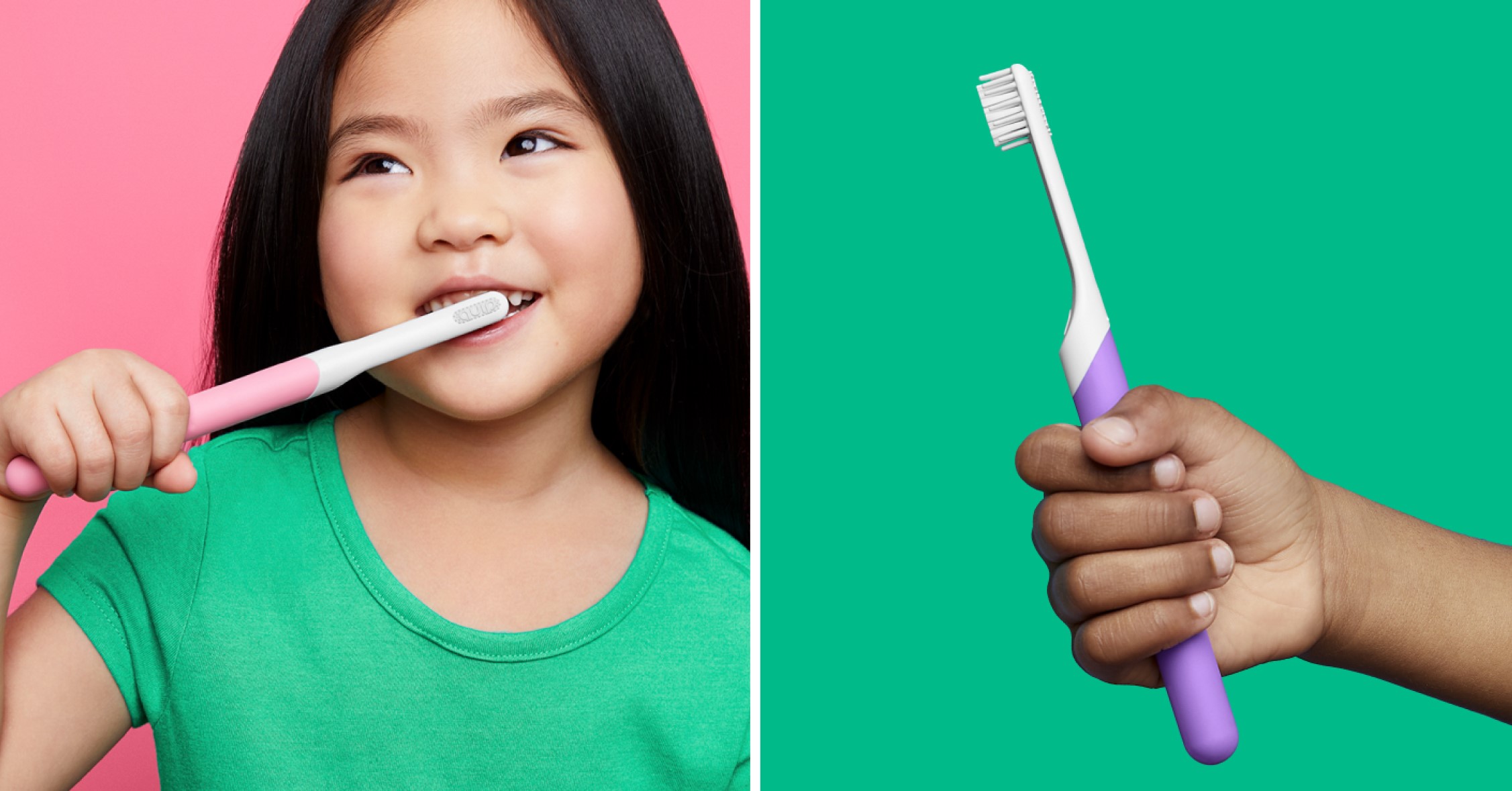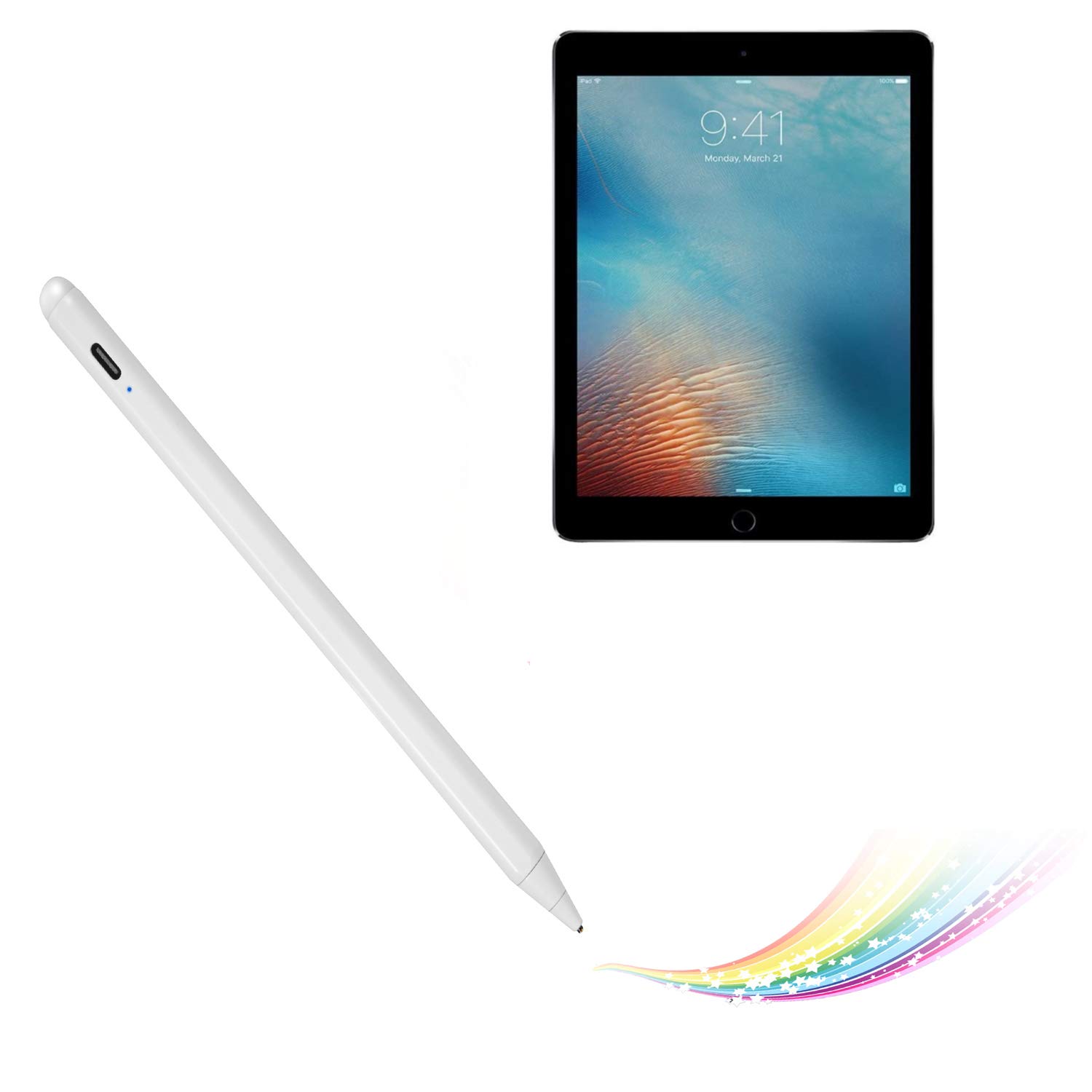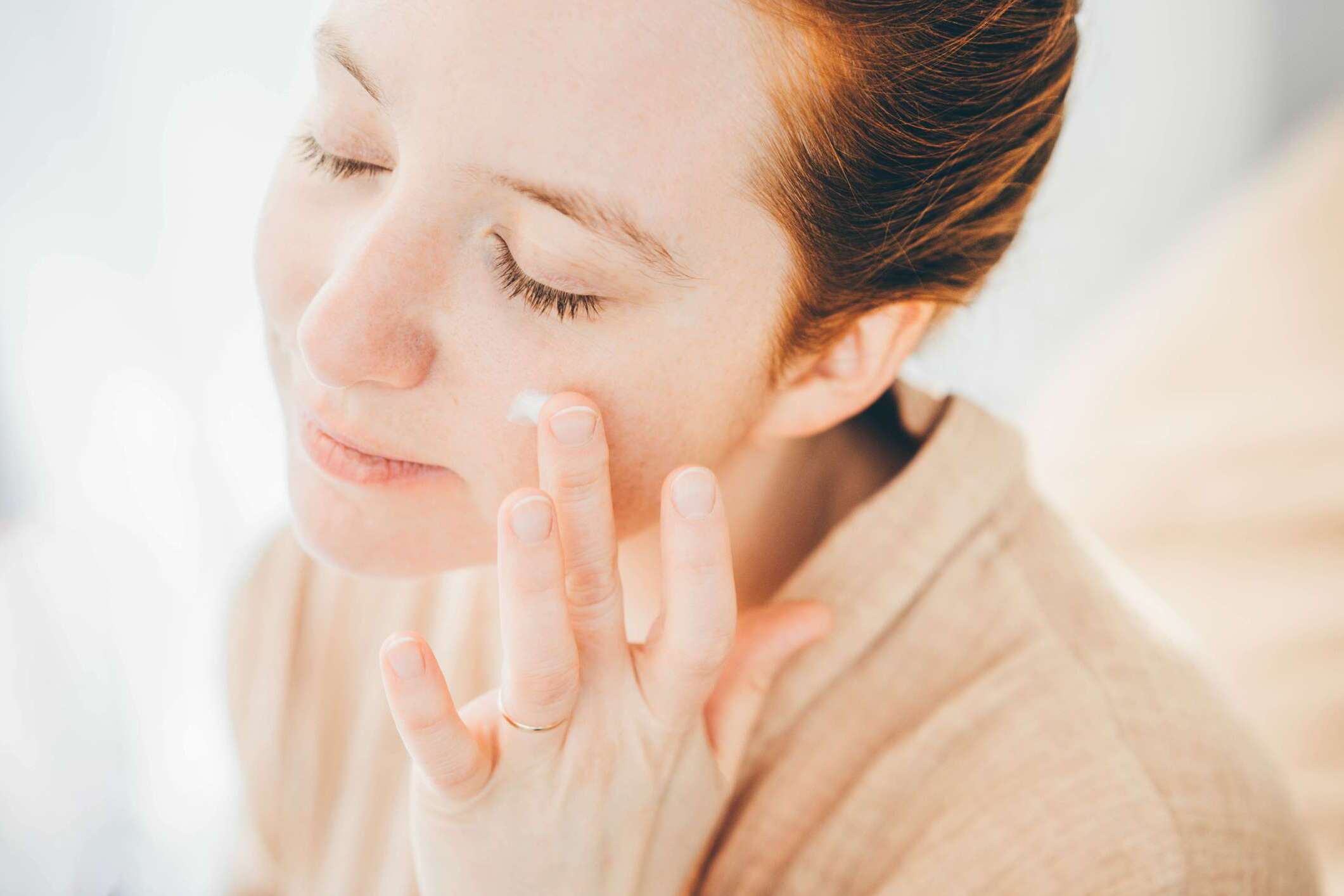
When it comes to oral hygiene, the humble toothbrush plays a crucial role in keeping our pearly whites clean and healthy. However, there’s more to this everyday tool than meets the eye. In this article, we’ll delve into 18 fascinating toothbrush facts that will not only pique your interest but also enhance your understanding of this essential dental instrument. From its ancient origins to its modern innovations, the toothbrush has a rich history and continues to evolve with advancements in dental science and technology. So, let’s embark on a journey to uncover the intriguing and surprising facts about toothbrushes that are bound to leave you smiling.
Key Takeaways:
- Toothbrushes have a fascinating history dating back 5,000 years, evolving from twigs to modern bristled and electric versions. They play a crucial role in oral hygiene, with over 3.5 billion sold annually worldwide.
- It’s important to choose the right toothbrush and replace it every 3-4 months for optimal dental care. From eco-friendly options to specialized designs, toothbrushes cater to diverse needs and age groups, ensuring everyone can maintain a healthy smile.
Toothbrushes have been around for 5,000 years.
Did you know that the concept of the toothbrush dates back to 3,000 BC in ancient Egypt and Babylon? Back then, they used frayed twigs to clean their teeth. It wasn’t until the 15th century that the first bristled toothbrush was invented in China, made from boar bristles and bamboo or bone handles.
The first mass-produced toothbrush was made by William Addis in 1780.
William Addis, an English entrepreneur, is credited with manufacturing the first mass-produced toothbrush. Legend has it that he came up with the idea while in prison, using a bone and bristles smuggled in from a guard, and thus, the modern toothbrush was born.
More than 3.5 billion toothbrushes are sold worldwide every year.
With the global population becoming increasingly aware of oral hygiene, the demand for toothbrushes has skyrocketed. This staggering number of toothbrushes sold annually emphasizes the crucial role they play in maintaining dental health.
The average person spends 38.5 days brushing their teeth in their lifetime.
It’s recommended to brush your teeth for two minutes, twice a day. Over an average lifespan, this equates to approximately 38.5 days spent brushing teeth. This fact underscores the significance of selecting the right toothbrush for optimal dental care.
The first electric toothbrush was created in 1939.
Developed in Switzerland, the first electric toothbrush was introduced to the market in Since then, it has evolved significantly, with advanced features such as pressure sensors, timers, and various brushing modes, revolutionizing oral care.
Manual toothbrushes can be just as effective as electric ones.
While electric toothbrushes offer convenience and advanced features, manual toothbrushes, when used correctly, can be equally effective in maintaining oral hygiene. The key lies in proper brushing techniques and consistency.
Nylon bristles were introduced in 1938.
Before nylon bristles, toothbrushes were made with animal hairs. The introduction of nylon bristles marked a significant advancement, as they were more hygienic, durable, and effectively removed plaque and debris from teeth.
The most popular color for a toothbrush is blue.
Surveys have indicated that blue is the top choice when it comes to toothbrush color preference. It’s interesting to note how color psychology might influence consumer decisions, even in something as mundane as selecting a toothbrush.
Toothbrushes should be replaced every 3-4 months.
Over time, toothbrush bristles wear down, reducing their effectiveness in cleaning teeth. Replacing toothbrushes every 3-4 months is recommended to ensure optimal dental hygiene and prevent bacterial buildup on the bristles.
There are specialized toothbrushes for individuals with braces, sensitive teeth, and gum disease.
For individuals with specific dental needs, such as those with braces, sensitive teeth, or gum disease, there are toothbrushes designed to cater to these requirements. These specialized toothbrushes are tailored to provide gentle yet effective cleaning, addressing unique oral health concerns.
More than 100 million Americans don’t brush their teeth as recommended.
Despite the known benefits of regular brushing, a staggering number of individuals in the United States do not adhere to the recommended brushing frequency. This statistic underscores the importance of raising awareness about the significance of proper oral hygiene practices.
The first toothbrush with a replaceable head was introduced in 1954.
This innovative design allowed for the head of the toothbrush to be replaced while retaining the handle, reducing waste and making it a more eco-friendly option. It also contributed to improved oral hygiene by ensuring a fresh set of bristles regularly.
There are toothbrushes with built-in tongue scrapers.
Some toothbrushes come with an added feature—a built-in tongue scraper on the back of the brush head. This combination allows for comprehensive oral care, addressing both teeth and tongue hygiene in a single brushing session.
The world’s most expensive toothbrush is valued at $4,200.
Designed by Reinast, a German company, this luxurious toothbrush is crafted from titanium and features replaceable heads made of sterling silver. While this may be beyond the budget for most, it’s intriguing to see the extent of innovation and extravagance in the realm of dental care.
Toothbrushes should be rinsed thoroughly after use and stored upright to air dry.
Proper maintenance of toothbrushes is essential for preventing the accumulation of bacteria. Rinsing the toothbrush thoroughly after each use and allowing it to air dry in an upright position helps to maintain hygiene and prolong its effectiveness.
The first toothbrush with soft, end-rounded bristles was introduced in 1935.
This marked a significant advancement in toothbrush design, as the soft, end-rounded bristles were gentler on the gums and tooth enamel, promoting comfortable and safe brushing. This innovation set a new standard for toothbrush quality and effectiveness.
There are eco-friendly toothbrush options made from biodegradable materials.
With increasing environmental awareness, there is a growing market for toothbrushes made from biodegradable materials such as bamboo or plant-based plastics. These eco-friendly alternatives offer a sustainable option for oral care, reducing the environmental impact of traditional plastic toothbrushes.
Modern toothbrushes are designed to cater to various age groups, from infants to seniors.
Manufacturers have developed toothbrushes tailored to specific age-related dental needs, ensuring that individuals across different life stages have access to appropriate oral care tools. This inclusivity reflects the ongoing evolution and diversification of toothbrush designs.
Conclusion
These 18 toothbrush facts shed light on the importance of this everyday tool in maintaining oral health. From the evolution of toothbrushes to the impact of proper brushing techniques, it’s evident that this small instrument plays a significant role in overall well-being. Understanding the various aspects of toothbrushes can empower individuals to make informed decisions about their oral care. By recognizing the significance of regular toothbrush replacement, the role of bristle design, and the influence of technology, people can enhance their oral hygiene practices. With the knowledge gained from these facts, individuals can approach their dental care with greater confidence and awareness, ultimately contributing to improved oral health and overall wellness.
FAQs
1. How often should I replace my toothbrush?
It’s recommended to replace your toothbrush every three to four months, or sooner if the bristles appear frayed or worn.
2. What is the ideal technique for brushing teeth?
The ideal technique involves gently brushing the teeth in a circular motion, ensuring that all surfaces are thoroughly cleaned, including the front, back, and chewing surfaces.
3. Can I use an electric toothbrush if I have sensitive teeth?
Yes, many electric toothbrushes offer sensitive mode settings, which can be beneficial for individuals with sensitive teeth or gums.
4. Are there specific toothbrushes recommended for children?
Yes, children should use toothbrushes with smaller heads and soft bristles to ensure gentle cleaning and protection of their developing teeth and gums.
5. How does the type of toothbrush impact oral health?
The type of toothbrush, whether manual or electric, can significantly impact oral health, with electric toothbrushes often providing more effective plaque removal and improved overall cleaning.
Toothbrushes have come a long way since their inception, offering a wide range of options for maintaining optimal oral hygiene. Whether you're looking for a compact travel companion, curious about the evolution of this essential tool, or interested in exploring innovative designs like the Suri toothbrush, there's plenty more to learn. Keep reading to expand your knowledge and find the perfect toothbrush to suit your needs, ensuring a healthier, brighter smile with every brush.
Was this page helpful?
Our commitment to delivering trustworthy and engaging content is at the heart of what we do. Each fact on our site is contributed by real users like you, bringing a wealth of diverse insights and information. To ensure the highest standards of accuracy and reliability, our dedicated editors meticulously review each submission. This process guarantees that the facts we share are not only fascinating but also credible. Trust in our commitment to quality and authenticity as you explore and learn with us.


